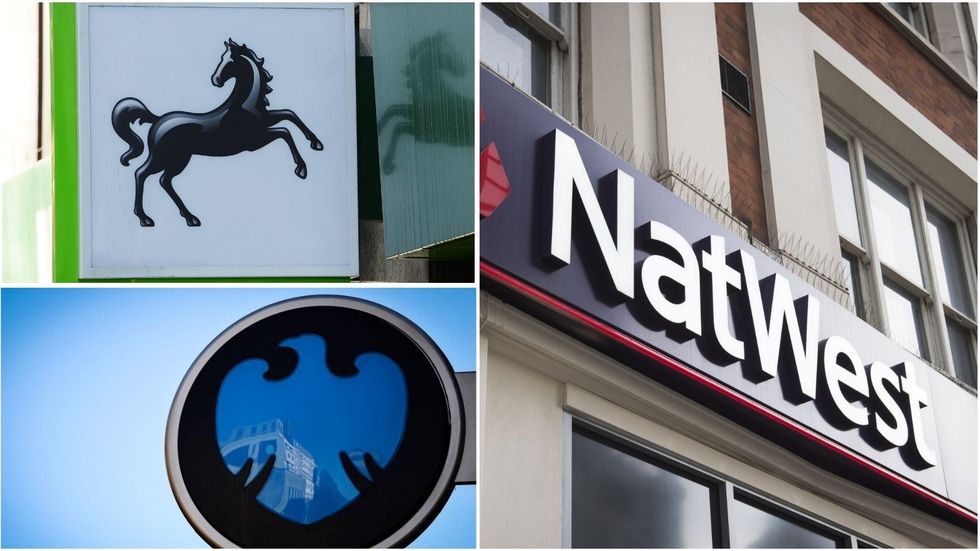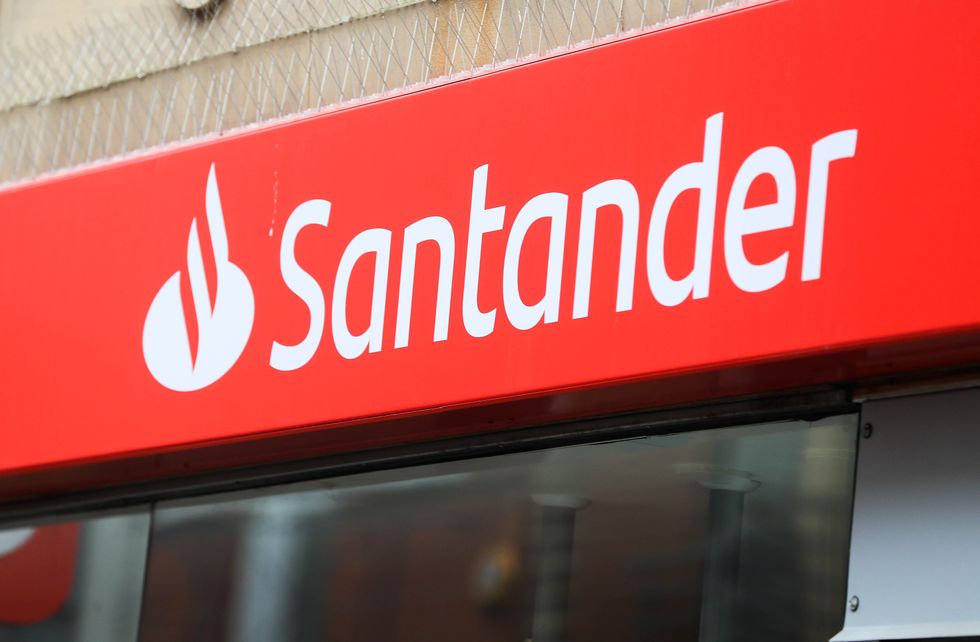Savers urged to be careful of tax on savings interest
GBNEWS
Banks have consistently raised mortgage and loan costs faster than savings rates
Don't Miss
Most Read
Trending on GB News
Britain's biggest banks have raked in £30bn in profits by exploiting the gap between savings and borrowing rates, according to City experts.
They have consistently raised mortgage and loan costs faster than savings rates - pocketing the difference as profit.
Lloyds, NatWest and Barclays are set to confirm their massive 'net interest income' gains as they announce their results in the coming days.
The profits come from two main sources: the difference between what banks charge borrowers versus what they pay savers, and substantial interest payments they receive on reserves held at the Bank of England.
Despite recent Bank of England rate cuts to 4.5 per cent, high street banks continue to maintain wide margins between borrowing and saving rates.
They increased mortgage and loan costs faster than they increased rates for savers and kept the difference. As a result, UK banks have also had a remarkable stock market run.

The gap between mortgage and savings rates has actually widened compared to a year ago
GETTY/PAA typical two-year fixed-rate mortgage currently costs 5.5 per cent in interest, while instant access savings accounts pay just 2.9 per cent, according to financial experts Moneyfacts.
The gap between mortgage and savings rates has actually widened compared to a year ago, even as the base rate has fallen three times in six months.
NatWest is expected to report net interest income of £11.2bn this week, according to City analysts.
Barclays is also set to announce higher figures, with projected net interest income of £6.6bn.
Lloyds Banking Group's net interest income is forecast to decrease by £1bn to £12.8bn, though analysts note this remains historically high.
These figures demonstrate the scale of earnings among Britain's largest banking institutions, even as interest rates have begun to fall.
As interest rates increased from their lowest levels, High Street banks made a profit. They raised mortgage and loan costs faster than they raised savings rates, keeping the difference for themselves.
As a result, UK banks have had an impressive stock market performance, even outpacing the top seven US tech stocks.
The FTSE 350 banking index has delivered a total return of 54 per cent in sterling terms over the past year, including dividends.
LATEST DEVELOPMENTS:
The strong market performance reflects the banks' ability to maintain profitable margins between borrowing and lending rates, even as the broader interest rate environment has shifted.
Banks also benefit substantially from interest payments on their reserves held at the Bank of England, which can amount to up to £40bn annually.
Lloyds, NatWest, Barclays and Santander which last week reported a 14 per cent rise in profits for 2024, received interest on these reserves totalling £9 billion in 2023.
These reserves, totalling £650bn, were accumulated through the Bank's Quantitative Easing programme following the 2008 financial crisis.

Santander reported a 14 per cent rise in profits for 2024
PAPoliticians including Reform UK leader Nigel Farage and former Prime Minister Gordon Brown have called for these interest payments to be taxed.
However, Chancellor Rachel Reeves has opposed such measures, arguing they could interfere with how interest rates impact the real economy.
Bank of England Governor Andrew Bailey has also expressed clear opposition to the proposed taxation.







